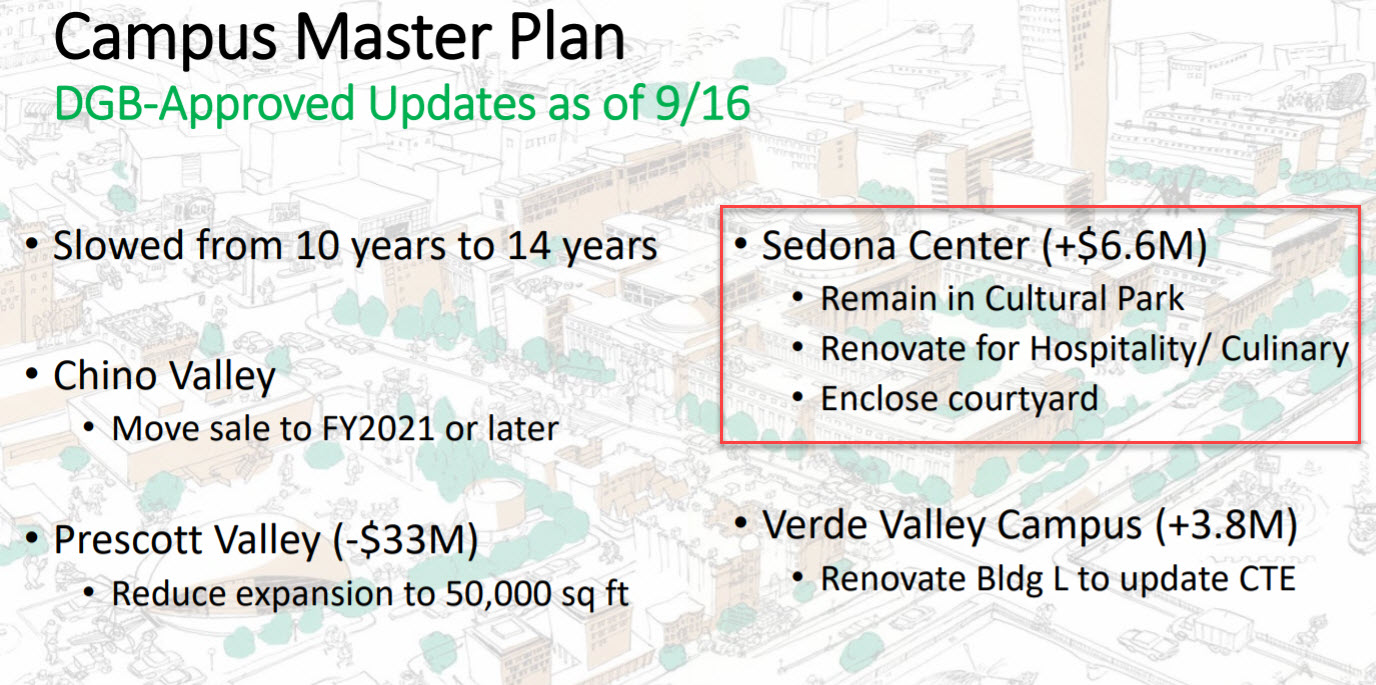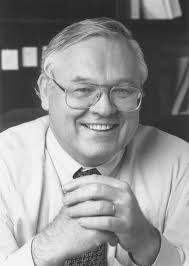Sedona officials and Verde Valley citizens forced College to retract original decision to potentially sell the Center; it is now a “key component” of “master plan”
Per an article appearing in the Verde independent on July 11, 2017, which was apparently provided by the Community College public relations department, the College claims “The Sedona Center expansion is a key component of the college’s master plan.” Click here to read the article in the Verde Independent.
The article also says that the Sedona Center “addresses the growing demand for graduates with culinary and hospitality skills. Sedona and its Verde Valley neighbors attract millions of tourists annually who are lured by the unique scenery, myriad cultural attractions and a flourishing wine industry.”
What a change from December, 2013 when the Governing Board approved potentially selling the Sedona Center and pocketing the money to build a huge allied health facility in Prescott Valley. Both the plan to sell the Center and the plan to build a huge allied health facility collapsed.
You may click here to read the March 2016 Master Plan update.

